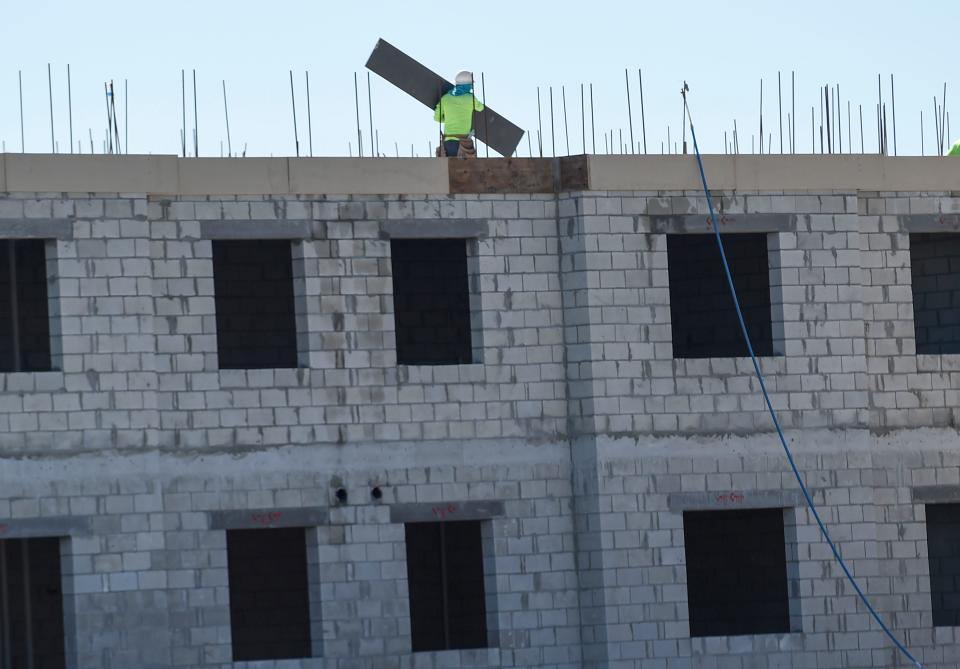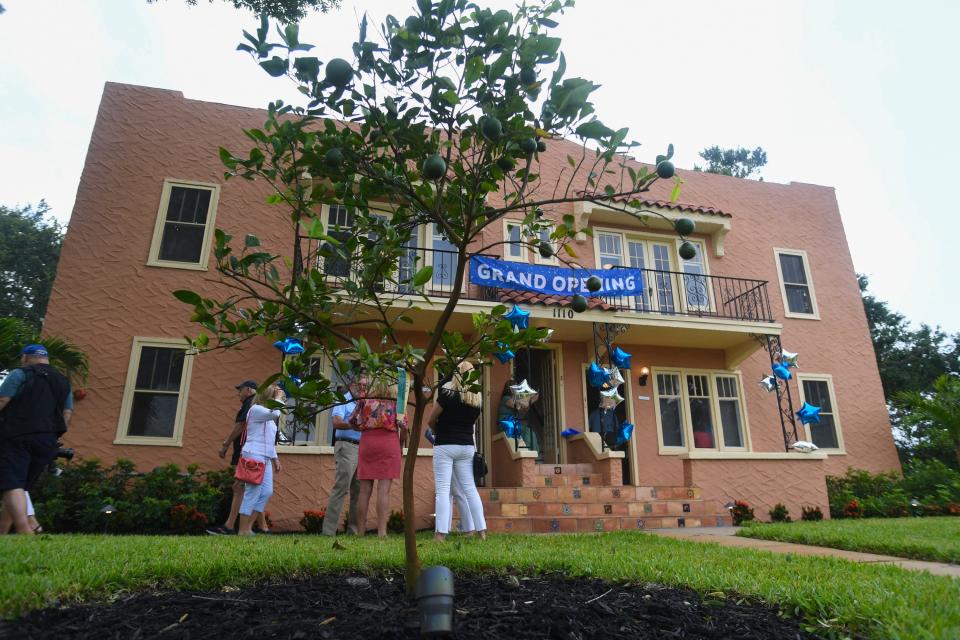Live Local Act may not produce the housing catastrophe some local officials have predicted
We are a week into July, and so far, the world has not exploded.
The monthly change of the calendar didn't signal the end of our lives as we have known them. Which is a relief, if you had been paying attention to what critics of Florida's new Live Local Act were saying.
The act, also known as Senate Bill 102, took effect July 1, more than three months after Gov. Ron DeSantis signed it into law.
Here on the Treasure Coast, the act has been awaited with fear and loathing from some quarters. Critics have suggested it will strip away the power local government leaders have to regulate growth and development within their communities.
Here's a bit of good news: Like the hysteria over Y2K in the closing days of the 20th century, the doomsday predictions about the act are probably overblown.
Legislators responded to constituents' concerns
First, let's look at some background: Before this year's session started, many Floridians were begging state legislators to do something about the rising cost of housing. This act was the centerpiece of the legislators' response.
As distracted as our state Legislature seemed to be with eradicating drag queens and helping position DeSantis for his presidential campaign, it appears its members took the affordable housing issue seriously.
The act commits the state to spend $711 million for housing projects and assistance through the Florida Housing Finance Corporation to create or build upon housing programs. This includes funding to provide:
∎ Low-interest loans to developers building workforce housing.
∎ Money to provide local governments with incentives to build partnerships with developers who are preserving available housing or producing more housing.
∎ Start-up dollars for the Florida Hometown Heroes Housing Program to provide down payment and closing cost assistance to first-time home buyers with a focus on law enforcement, first responders, teachers, active-duty military and military veterans.
All of the information above was in the governor's news release, which unsurprisingly doesn't mention the provisions in the 95-page bill that local government leaders find objectionable.
'Live Local' does have controversial provisions

The act also provides other incentives, such as property tax exemptions for land nonprofits develop as affordable housing and tax breaks on building materials used to construct affordable housing. There's also a requirement for counties to keep inventories of sites that might be suitable for affordable housing.
One of the more controversial provisions prohibits cities and counties from enacting local regulations to cap housing rental rates. That hasn't been much of an issue on the Treasure Coast, but it would appear to undercut rent-control efforts in other parts of the state, particularly Orange County.
However, our region's city and county leaders seem most concerned about a provision that would allow developers to bypass the usual land-use review process for residential or mixed-use projects that designate at least 40% of the housing units as "affordable" on land zoned for commercial or industrial uses.
By the state's definition, affordable housing has rents or mortgage payments that don't exceed 30% of the community's median adjusted gross income.
That median number varies from county to county. According to U.S. Census data, the median household income was $59,807 in St. Lucie County, $61,594 in Indian River County and $69.769 in Martin County from 2017 through 2021.
The numbers can be skewed by relatively few high-income earners living within a community. For example, Martin County's income pool includes professional golfer Tiger Woods and other wealthy Jupiter Island residents, so the median is a bit higher than what one might consider an "average" middle-class income.
I mention this because, even if the act works as intended, this definition of affordability is still going to put housing prices out of the reach for many people who work in retail or service jobs, which are the backbone of the local economy.
Economics will limit the act's impact

I'm not convinced encouraging commercial and industrial sites to be redeveloped as affordable housing will be as attractive to developers as some people seem to think, though.
Often, land zoned for commercial or industrial uses isn't where people prefer to live. A lot of it is near busy roadways or railroad tracks or airports, which are great for businesses, but less so for homes.
Developers won't want to build what they don't think they'll be able to sell.
I'm also unsure they'll be willing to set aside 40% or more of their housing as affordable units when they could make more profit by charging premium prices on all units.
If developers on the Treasure Coast were having trouble getting their projects approved before the act took effect, being able to circumvent the traditional land-use approval process might be an attractive incentive. But because developers get pretty much whatever they want anyway, I'm skeptical droves of them are suddenly going to develop an interest in affordable housing.
Let's wait and see what impact the act has

Maybe there are a few underutilized shopping centers scattered around the region where it'll make sense to take advantage of the act's provisions. Let's judge those on their merits as they develop.
I understand city and county leaders see this act as another example of the state taking away some of their powers.
Looking at the big picture, that's a very disturbing trend that could lead to communities losing a lot of their individual character as "one-size-fits-all" regulations govern more and more aspects of our lives in Florida.
Looking at it in isolation, it's a bold step toward addressing a problem that, until recently, wasn't getting the attention it deserves.
One of the biggest challenges may be making sure the landowners taking advantage of affordable housing incentives keep rents and housing prices low on those properties after the incentives have been awarded. There likely will be some unscrupulous characters who will try to game the system.
All that said, I'm reasonably sure the act isn't a sign the end times are upon us. Let's give it a year or two before we devolve into full-blown panic mode.
This column reflects the opinion of Blake Fontenay. Contact him via email at bfontenay@gannett.com or at 772-232-5424.
This article originally appeared on Treasure Coast Newspapers: Gloomy predictions aside, Live Local Act may help region's housing

